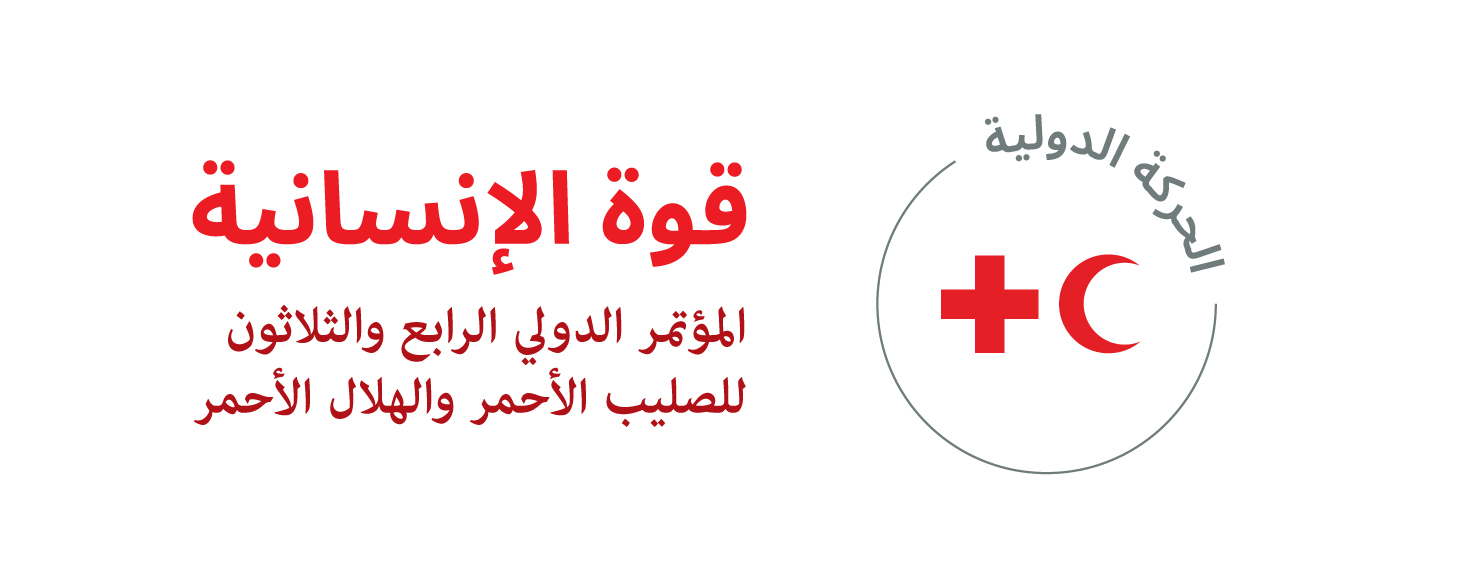أ) أهداف التعهد
Safeguarding – aligned with our commitments to prevent and respond to sexual exploitation and abuse, and sexual harassment – is critical in humanitarian action to prevent harm and uphold trust, safety, integrity, and the Fundamental Principles we stand for. A failure to prevent and address safeguarding concerns harms these Principles, our mandates, and jeopardizes the credibility and effectiveness of our humanitarian efforts.
To ensure adherence to the Fundamental Principles and advance commitments to increase the accountability to those we serve, we pledge to better prevent and respond to sexual exploitation, abuse and sexual harassment (PSEAH) and child safeguarding issues through strengthened institutional and leadership commitment, increased resourcing and capacity, and a focus on implementation of safe systems.
This commitment includes protecting persons who come into contact with, or benefit from, our protection or assistance, as well as our staff, volunteers, and associated personnel. The risks that humanitarian personnel commit safeguarding violations are heightened in humanitarian, fragile, or conflict-affected situations. Such risks are underpinned and caused by power imbalances linked to social, age, and gender-related inequalities, compounded by weak or non-existent policies, operational accountabilities and frameworks and capacity to adequately equip staff to prevent and respond to such abuse of power. Incidents are frequently underreported due to fear of reprisals, lack of trust in reporting mechanisms, or lack of access to justice, healthcare, psychosocial support and other relevant services.
We acknowledge the intersection of gender and diversity factors that put people – such as women, children, persons with disabilities, migrants, and people on the move – most at-risk of facing sexual exploitation and abuse and other safeguarding violations. We further acknowledge that we must strengthen our victim/survivor-centred responses to ensure that we provide support to those whose rights have been violated by anyone in the Red Cross Red Crescent.
In alignment with the Convention on the Rights of the Child, we commit to ensuring that all safeguarding efforts integrate child-focused approaches, prioritizing children’s safety, wellbeing, development, dignity and participation. This includes implementing child-sensitive reporting mechanisms, offering age-appropriate support, and ensuring trauma-informed, child-centred investigations.
ب) خطة العمل:
We reaffirm our leadership commitment and will to ensure strong safeguarding systems,
procedures and workplace cultures through:
1. Policy Development and Implementation:
o Commit to developing and implementing robust Safeguarding policies, risk management and operational systems tailored to local contexts, addressing the heightened challenges faced during crises.
o Commit to adherence to the IFRC Safeguarding Standards and to use and support use of the IFRC Safeguarding Self-Assessment including related to child
safeguarding and accessible, gender and diversity and age-appropriate community engagement and reporting lines. The ICRC commits to continue using ICRC-specific risk management tools linked to PSEAH.
2. Education and Training:
o Prioritize ongoing education and training for leaders, staff and volunteers on safeguarding principles and practice, emphasizing the importance of
awareness in preventing harm and their role and responsibilities in preventing and reporting harm.
o Reaffirm commitments to zero tolerance to inaction.
3. Reporting Mechanisms and Survivor Support:
o Establish accessible and survivor-centred reporting and response mechanisms, ensuring victims/survivors are safe and supported when coming forward, including child victims, and ensure that whistleblowers and witnesses are protected.
o Establish avenues for anonymous reporting.
ج) مؤشرات قياس التقدم المحرز
Indicators for Measuring Progress:
1. Implementation Assessment:
o Regularly assess the availability and implementation of safeguarding policies, risk assessments and systems at both the NS and local branch levels, focusing on tangible actions and outcomes.
2. Reporting Mechanisms and Survivor Support:
o Monitor and improve the availability, accessibility and effectiveness of reporting and response mechanisms and the support provided to victims/survivors.
د) الآثار المترتبة على الموارد:
To best honour these commitments and ensure strong safeguarding systems, resource allocation is essential. NS can utilise existing resources and funding within the Movement to support with assessments, training, and implementing safeguarding policies and operating systems. Establishing safeguarding focal points within the NS to lead on the process will be key, as well as identifying and liaising with local services for appropriate referral pathways and survivor-centred support.
By working together, National Societies and States can create an accountable, collaborative, inclusive, and respectful Red Cross and Red Crescent Movement. This joint commitment underscores the importance of harmonizing efforts across NS and the broader RCRC Movement, ensuring that safeguarding becomes a shared responsibility across all levels.




